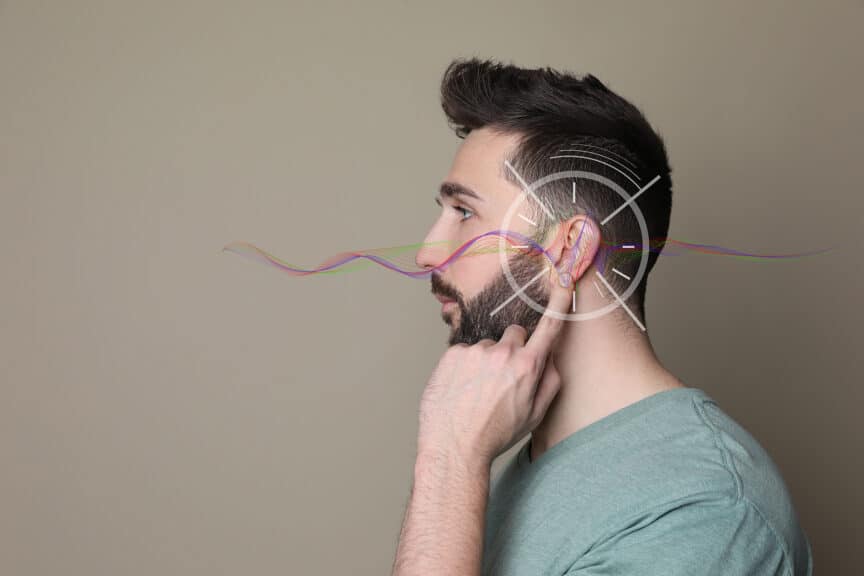Noise is one of the most important environmental health risks today because it is everywhere. Loud sounds, loud music, and noise are now an everyday part of life. High noise levels at work are still a problem in every part of the world. The rise of personal audio devices and smartphones, often used for long periods at loud volumes, adds to the problem.
The damage that noise can do
There is no doubt that loud sounds hurt your hearing. Exposure to loud sounds, especially when it lasts for a long time and happens often, damages sensory cells and other parts of our ears in a way that can’t be fixed. This causes permanent hearing loss, often accompanied by annoying ringing.
Noise exposure has also been shown to affect health in other ways. It has been linked to heart diseases, trouble sleeping, cognitive problems (in children), and irritation.
The prevalence of noise-induced hearing loss
The World Health Organization (WHO) says that more than 460 million people worldwide have hearing loss that is moderate or worse. This number is expected to keep increasing and could double by 2050 if nothing is done. Changes in the population mainly cause this growth, but risk factors like noise exposure keep this upward trend.
Noise is a problem at work, and 25–33% of the US workforce is exposed to high noise levels. Even though similar data is not available from some parts of the world, there is a good reason to believe that the problem is widespread, especially in low- and middle-income countries where regulations are less likely to support efforts to protect hearing and the informal sector is largely unregulated.
Loud sounds are not just a danger at work – Noise that isn’t related to work has also become a problem, especially now that technology is so easy to get. The World Health Organization says that 50% of people between 12 and 35 listen to unsafe sound levels on personal audio devices (like smartphones or portable music players). As the number of smartphones sold worldwide keeps going up (1.5 billion were sold in 2016 alone), there is a real chance that young people will lose their hearing.
Sources of non-work noise
Noise-related hearing loss that isn’t caused by work
- Entertainment venues: Nightclubs, clubs, bars, movie theaters, concerts, live sports games, and even fitness classes often have unsafe noise levels. The WHO says that about 40% of teenagers and young adults (12 to 35 years old) go to nightclubs, discos, and bars where the noise levels could be harmful.
- Gadgets and tools: Some electronic tools, like mixer-grinders, washing machines, vacuum cleaners, etc., make loud noises that are bad for your hearing, and if you use them for a long time, you could lose your hearing completely. Some garden tools, like leaf blowers and lawn mowers, also make noise that is bad for your health.
- Roads: Because the number of cars on the road is increasing, there are often traffic jams. This makes people always honk their horns, which produces a lot of noise pollution.
- Public transportation: trains and buses have times when the noise level is at its highest, which can be bad for people.
How to prevent noise-induced hearing loss
Technology can be a big part of reducing exposure at work and in the environment and reducing unsafe listening. Here are some ways you can reduce your noise exposure:
Use hearing protection. There are many types of hearing protection, including earplugs and earmuffs. Each type has advantages and disadvantages depending on what you’re using them for. For example, earplugs are inexpensive but can be uncomfortable to wear for long periods. Earmuffs are more expensive but may be less comfortable in warm weather or when you’re wearing glasses or goggles.
Monitor noise. Accurate, easy-to-use apps can track outside noise or determine how much noise a person is exposed to through their audio systems (player and headphones). For example, the NIOSH SLM app is an excellent way to measure noise in the environment, and the “HearAngel” app is good for keeping track of how much noise you hear through headphones.
Use your smartphone. Use smartphones’ safe listening features to let you know when the music you’re listening to is too loud.
If you feel you might have noise-induced hearing loss, we can help! Contact us today to set up an appointment.

